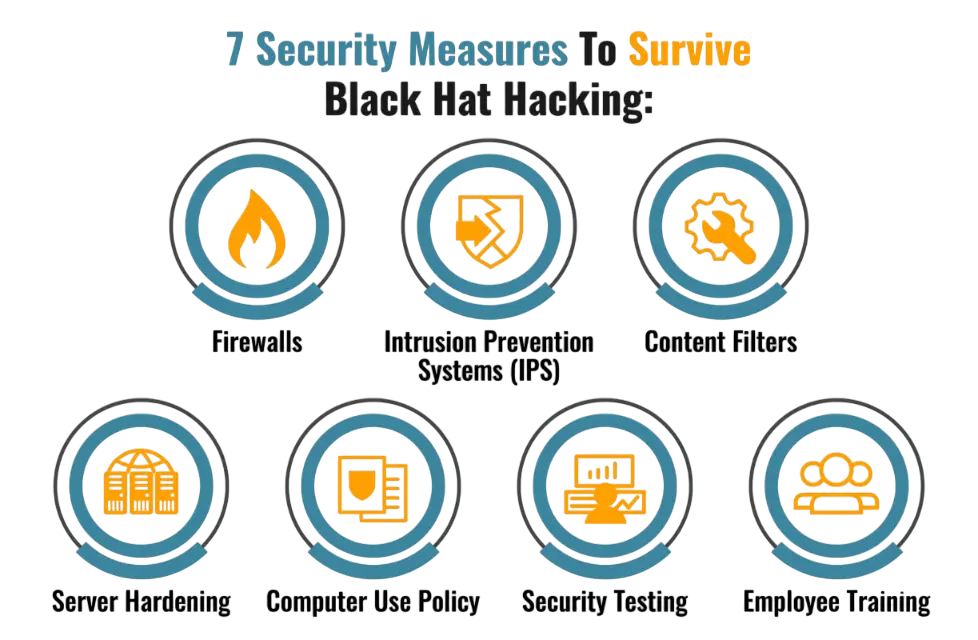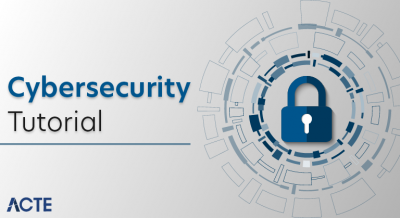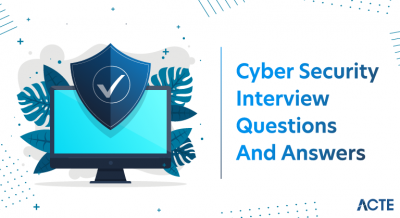
- Distinguishing Hackers from Crackers in Modern Cybersecurity
- Who is a Hacker?
- Hacker Types
- Who is a Cracker?
- Skills of Hackers vs. Crackers
- Ethical Role of Hackers
- Malicious Role of Crackers
- Misconceptions in Media
- Cyber Laws: Hacker vs. Cracker
- Conclusion
Distinguishing Hackers from Crackers in Modern Cybersecurity
The phrases “hacker” and “cracker” are frequently used interchangeably in the quickly changing fields of cybersecurity and technology, however this is not the case. Although they both relate to people who possess extensive technical understanding of computer systems, their ethical standards and motives are very different. Hackers may utilize their expertise to find weaknesses, fortify security measures, and shield networks from possible intrusions. A cracker, on the other hand, uses vulnerabilities with malevolent intent, such as data theft, profit, or injury. Unfortunately, this distinction is often blurred by the media. News headlines frequently refer to cybercriminals as “Cybersecurity Training”, unintentionally harming the standing of moral experts who put up endless effort to secure internet. Understanding the actual difference between a hacker and a cracker is essential for anyone involved in information technology, cybersecurity, or digital ethics. This distinction not only defines intent but also shapes how we approach cyber laws, digital defense, and professional accountability in the virtual age.
Who is a Hacker?
A hacker is a highly hacker skills computer expert who explores systems, networks, and applications to understand how they work and to find potential weaknesses—often with the goal of improving them. The term “hacker” originated at the Massachusetts Institute of Technology (MIT) during the 1960s, where students and programmers referred to clever technical solutions as “hacks.” Back then, a hacker was someone who solved problems creatively through programming ingenuity and unconventional thinking.

Hackers frequently have a keen interest in technology. They experiment, investigate, and analyze digital safety systems to find ways to make them better rather than necessarily to do harm. In modern times, hackers are integral to cybersecurity operations, acting as the first line of defense against digital online threats. For instance, an ethical hacker might test a company’s online threats banking system for vulnerabilities and report findings to help patch weaknesses before malicious actors can exploit them.
Interested in Obtaining Your Cybercrime Certificate? View The Cyber Security Online Training Offered By ACTE Right Now!
Hacker Types
Hackers are divided into groups according to their goals and if their activities are lawful:
- White Hat Hackers: Also referred to as ethical hackers, these professionals operate with permission to find and address system flaws. They frequently possess credentials such as OSCP (Offensive Security Certified Professional) or CEH (Certified Ethical Hacker). White hats are cybersecurity protectors that assist companies in protecting their data from actual attackers.
- Malevolent hackers known as “black hat” hackers compromise systems in order to get financial or personal advantage. Data theft, identity fraud, espionage, and digital safety disruption are some of their motivations. Black hats frequently exploit stolen data to blackmail victims or sell it on the dark web.
- Grey Hat Hackers: The ethical middle ground is occupied by grey hat hackers. Though not always with malicious intent, they gain access to systems without express authorization. While some people disclose vulnerabilities in order to gain attention or compensation, others could do so in order to pressure businesses to address them.
- Hacktivists: These hackers are driven by social, political, or ideological concerns. They use hacking to promote agendas, protest policies, or expose perceived injustices. The group Anonymous is one of the most famous Cyber Security Training, known for attacking government and corporate websites.
- Script Kiddies: These are amateur hackers who use pre-written tools or scripts created by others. Although they lack advanced technical knowledge, they can still cause disruptions, such as website defacements or denial-of-service attacks.
- Data Breaches: Stealing personal information such as social security numbers, passwords, and credit card details.
- Ransomware Attacks: Encrypting a victim’s data and demanding payment to restore access.
- Attacks known as denial of service (DoS) involve overloading a system with traffic until it fails.
- Distributing illegal copies of commercial software by circumventing copy protection safeguards is known as software piracy.
- Tim Berners-Lee: Considered an original hacker, he “hacked together” technologies that became the World Wide Web.
- Linus Torvalds: Created Linux, an open-source operating system built through hacker collaboration and transparency.
- Kevin Mitnick: Once a notorious black hat hacker, Mitnick transformed into a respected cybersecurity consultant and author, teaching organizations how to defend themselves.
- Mark Abene (Phiber Optik): A pioneer in the early hacker community who later became an advocate for ethical hacking.
These examples illustrate how curiosity and technical brilliance can evolve into innovation and public good.
Examples of Crackers
In contrast, crackers are often associated with destruction, fraud, and cybercrime:
- Adrian Lamo: Infamous for breaking into systems like Microsoft and The New York Times without authorization.
- Gary McKinnon: Accused of hacking into U.S. military networks, allegedly searching for evidence of UFOs.
- Anonymous (Certain Factions): While some members engage in hacktivism, others conduct illegal cracking operations such as DDoS attacks.
- Software Cracker Groups (e.g., Razor 1911, Skid Row): Known for distributing cracked versions of commercial software and video games, fueling piracy worldwide.
These cases demonstrate the tangible harm caused by crackers—financial losses, damaged reputations, and legal consequences.
Cyber Laws: Hacker vs. Cracker
The distinction between illegal cracking and ethical hacking is acknowledged by cyber behavior laws worldwide.
Unauthorized access to computer system breach is illegal in the US under the Computer Fraud and Abuse Act (CFAA). It specifically targets cyber behavior common to crackers, such as data theft, virus propagation, and network disruption. When done with consent, ethical hacking is still acceptable and even promoted.
Penalties for cyber crimes such as identity theft, data breaches, and illegal access are outlined under India’s Information Technology Act 2000. Section 66 of the Act explicitly criminalizes hacking with malicious intent but allows ethical hacking under contractual authorization.
Internationally, frameworks like the Budapest Convention on Cybercrime promote global cooperation against cybercriminals while supporting cybersecurity research and ethical hacking initiatives. Thus, laws make it clear: hackers strengthen security; crackers face prosecution.
Conclusion
The moral and practical division between creators and destroyers in the digital era is reflected in the split between Cyber Security Training, which goes well beyond semantics. Hackers and Crackers protect systems and advance technology by applying their technical expertise, creativity, and intelligence. They are the digital architects is charge of improving cyberspace’s resilience and safety.
Crackers, on the other hand, exploit vulnerabilities for selfish or destructive purposes, undermining trust in the very technologies that connect our world. Their actions result in data system breach, financial losses, and online threats to privacy and national security.
This distinction has been too long blurred by misunderstandings in public debate and media misrepresentations. Recognizing the difference is crucial not only for accurate communication but also for shaping informed cyber policies and promoting ethical careers in cybersecurity.In the end, crackers break; hackers build. The difference lies not in what they can do, but in why they do it—and that intent defines whether they protect or endanger the digital future.
To Explore Cybersecurity in Depth, Check Out Our Comprehensive Cyber Security Online Training To Gain Insights From Our Experts!
Who is a Cracker?
A cracker is an individual who intentionally system breach, networks, or software to steal, damage, or manipulate data. Crackers are driven by malicious intent—be it profit, revenge, or sheer disruption. The term “cracker” emerged in the 1980s as a way to distinguish malicious actors from ethical hackers.
One of the most common examples of cracking is software cracking—removing or bypassing license verification systems in commercial software. Crackers distribute pirated versions of paid applications, causing significant financial damage to developers and companies. Other forms of cracking include password cracking, website defacement, ransomware attacks, and identity theft.
Crackers undermine trust in digital safety systems, threaten data privacy, and disrupt business operations. Their actions not only cause financial harm but also contribute to the spread of malware, spyware, and ransomware across the internet ecosystem.
Skills of Hackers vs. Crackers
While hackers and crackers share similar technical foundations, the way they use their hacker skills marks the boundary between ethical and unethical cyber behavior.
Hackers master a range of disciplines such as programming, cryptography, penetration testing, and network security. They utilize tools like Nmap, Metasploit, or Wireshark to test systems responsibly. Their approach is systematic and authorized—they simulate attacks to expose weaknesses, then work to fortify defenses.
Crackers, on the other hand, specialize in bypassing protections and exploiting vulnerabilities for unlawful gain. They use techniques such as keylogging, password cracking, zero-day exploits, or phishing campaigns to infiltrate systems. Crackers may use the same software tools as hackers, but their goal is theft or destruction, not defense.
In essence, both may wield similar digital safety weaponry, but hackers use it to build armor while crackers use it to break it.
Looking to Master Cybersecurity? Discover the Cyber Security Expert Masters Program Training Course Available at ACTE Now!
Ethical Role of Hackers
Ethical hackers play an indispensable role in modern cybersecurity. Their work helps prevent cyberattacks that could cripple corporations or compromise national security. They conduct penetration testing—authorized simulated attacks that expose real vulnerabilities before they can be exploited.
Numerous businesses have bug bounty programs that invite ethical hackers from all around the world to test their systems and properly disclose any vulnerabilities. This ecosystem has been institutionalized by platforms such as HackerOne and Bugcrowd, which incentivize hackers to enhance digital safety security. Ethical hackers are also used by governments to safeguard intelligence networks, infrastructure, and private information.
To identify security flaws in military systems, for example, the U.S. Department of Defense started the “Hack the Pentagon” initiative in 2016. These programs demonstrate the critical role that hackers play in protecting cyberspace. They are not lawbreakers—they are protectors who ensure the stability and trustworthiness of the digital world.
Preparing for Cyber Security Job Interviews? Have a Look at Our Blog on Cyber Security Interview Questions and Answers To Ace Your Interview!
Malicious Role of Crackers
Crackers, by contrast, represent the dark side of the digital spectrum. Their actions are inherently unethical and often illegal. They infiltrate systems, steal information, install ransomware, and disrupt digital services. The financial impact of their actions is staggering—global cyber crimes costs are projected to reach trillions of dollars annually.
Some of the most common activities carried out by crackers include:
In addition to creating financial loss, cracking erodes public trust in digital systems. A single successful attack might compromise millions of people’s data and damage an organization’s image for years to come.
Misconceptions in the Media
False media representations are the main cause of miscommunication between hackers and crackers. In popular culture and news outlets, all forms of cyber crimes are commonly referred to as “hackers.” The idea that hackers are criminals is reinforced by headlines like “Hackers shut down power grid” or “Hackers steal customer data.”
In truth, most ethical hackers work behind the scenes to prevent such incidents. This linguistic carelessness undermines their legitimacy as cybersecurity professionals. By misusing the term, media narratives discourage young programmers from pursuing ethical hacking as a career and stigmatize an entire profession that exists to protect society.
Accurate terminology matters: hackers innovate and secure; crackers exploit and destroy. Recognizing this difference fosters better public understanding and supports the ethical use of technology.
Examples of Hackers
Several individuals exemplify the constructive potential of hacking:





